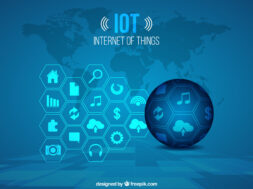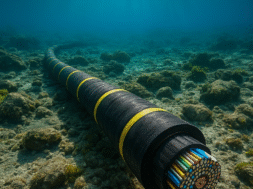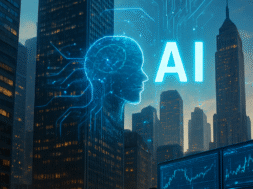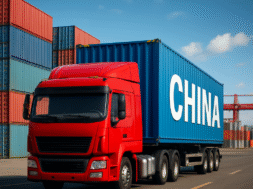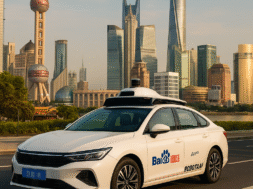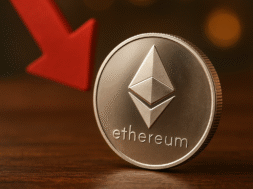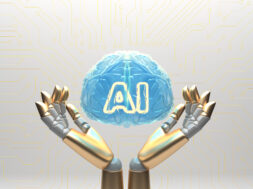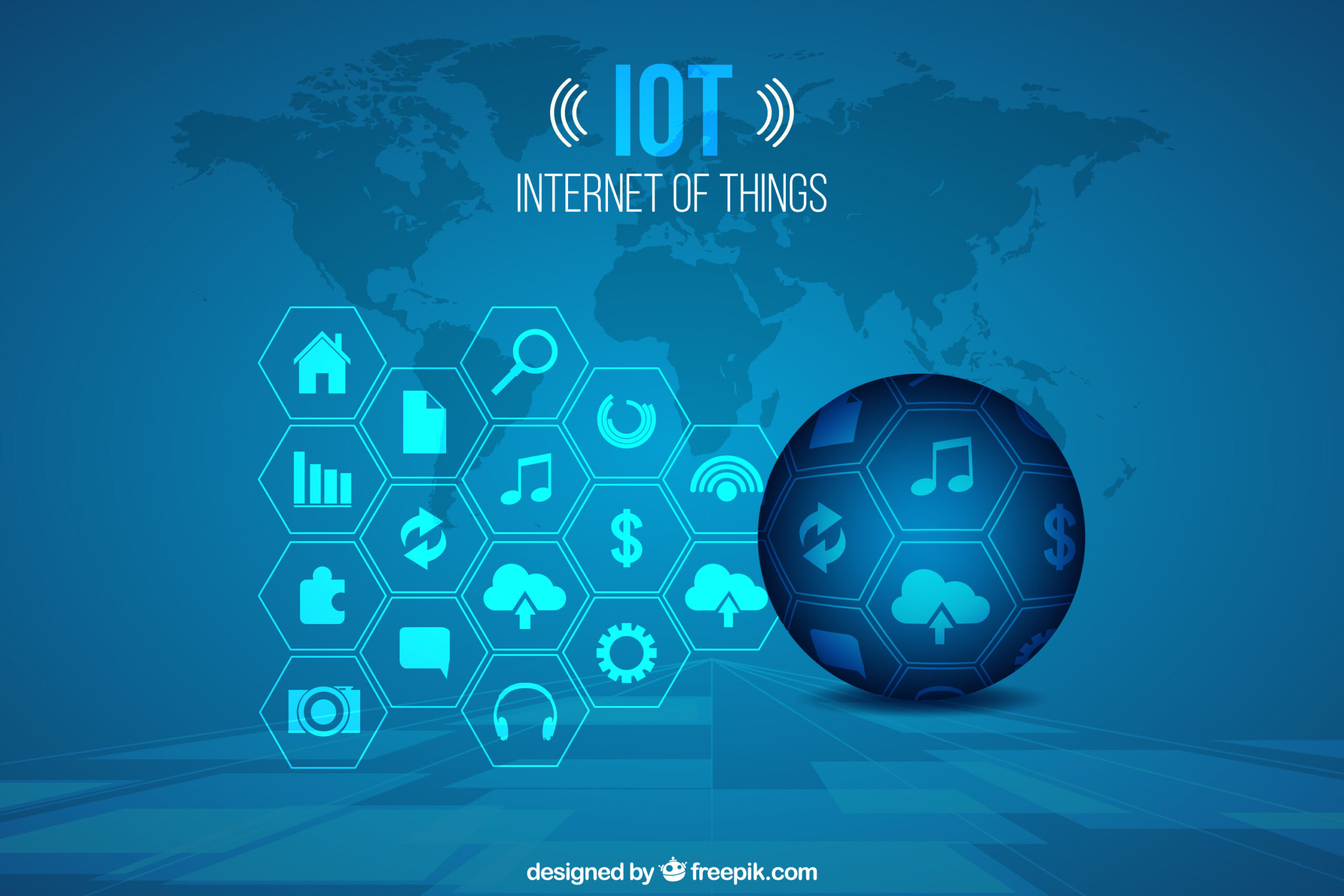
Understanding IoT: How it Works and its Impact on Our World
The last few years have seen an acceleration of the Internet of Things, or IoT, which is a revolutionary technology that has fundamentally altered the way we live, work, and interact with the world. IoT refers to the process of connecting everyday objects, machines, and appliances to the internet to allow them to exchange data and interact. This new technology news enhances our quality of life and makes automation and more intelligent decision-making possible.
Features of IoT:
In essence, for the Internet of Things to work, it needs three things: sensors, connection, and data processing. Let’s examine how these elements work together to create the Internet of Things:
- Sensors: A range of sensors, including cameras, motion detectors, temperature sensors, and more, are included in Internet of Things devices. These sensors collect information about the physical environment, including temperature, the behavior of people, and device status.
- Connectivity: To send gathered data to a local network or the internet, various connectivity methods are used. Among these are Bluetooth, Wi-Fi, Zigbee, cellular networks, and even low-power options like LoRaWAN. The best communication mechanism may vary depending on what the IoT application requires.
- Data Processing: Cloud-based or edge computing systems process data once connected to the internet. Making judgments, evaluating information, and acting are all parts of this process. Algorithms for machine learning and artificial intelligence are frequently used to extract valuable information from data.
- User Interface: To enable users to interact with and control IoT devices, Internet of Things applications often incorporate a user interface through web or mobile applications. These interfaces allow for monitoring and device administration from a distance.
- Automation and Action: Automation is one of the Internet of Things’ biggest benefits. IoT devices can respond without human involvement based on data analysis. For example, a smart thermostat can improve energy use by adjusting the temperature according to your usage patterns and preferences.
Applications of the Internet of Things (IoT):
IoT has many uses across several sectors and has a big influence on our daily lives. Here are a few noteworthy instances:
- Smart Home: By enabling remote management and monitoring of homes, Internet of Things (IoT) devices like thermostats, smart lighting, and security cameras improve security and energy efficiency.
- Healthcare: By monitoring vital signs and providing real-time data to medical professionals, wearable technology and medical sensors can enhance patient care and early health issue diagnosis.
- Agriculture: By monitoring crop health, weather, and soil conditions, IoT makes agricultural operations more efficient and helps farmers maximize crop harvests.
- Smart Cities: IoT is being used by cities to improve public services, manage traffic, save energy, and improve overall urban planning.
- Industrial IoT (IIoT): IoT streamlines industrial and manufacturing operations, reduces downtime, and enhances predictive maintenance.
- Transportation: The Internet of Things is essential to logistics and transportation because it makes tracking objects and optimizing fleet management for efficiency and safety possible.
- Retail: IoT is used by retailers to gather customer data, manage inventories, and enhance the shopping experience.
Challenges and Points to Remember:
According to new technology news, IoT has many issues, but it also offers a lot of potential. Security is the main issue since hackers might attack networked devices. There are privacy concerns due to the massive volume of data being gathered. Standardization and interoperability are also necessary to guarantee the simple integration of various IoT devices.
In conclusion, the Internet of Things is changing how we live and work. The Internet of Things (IoT) allows efficiency, automation, and data-driven decision-making across various organizations by connecting common things to the Internet. New technological developments will be developed as it develops, changing our future in fascinating ways. However, security and privacy issues must be addressed to create an ecosystem for the Internet of Things that is both responsible and secure.
